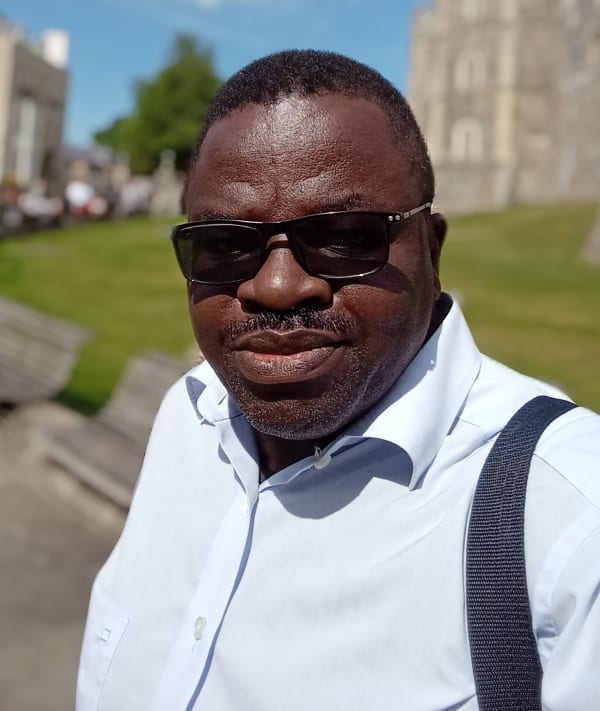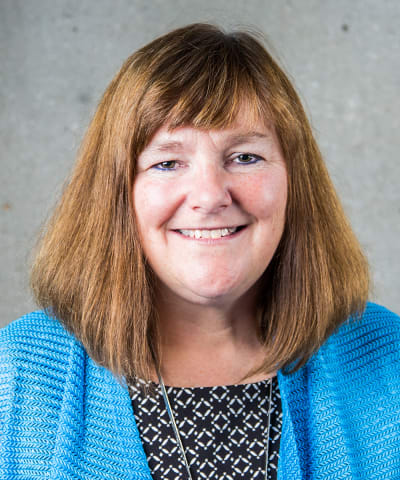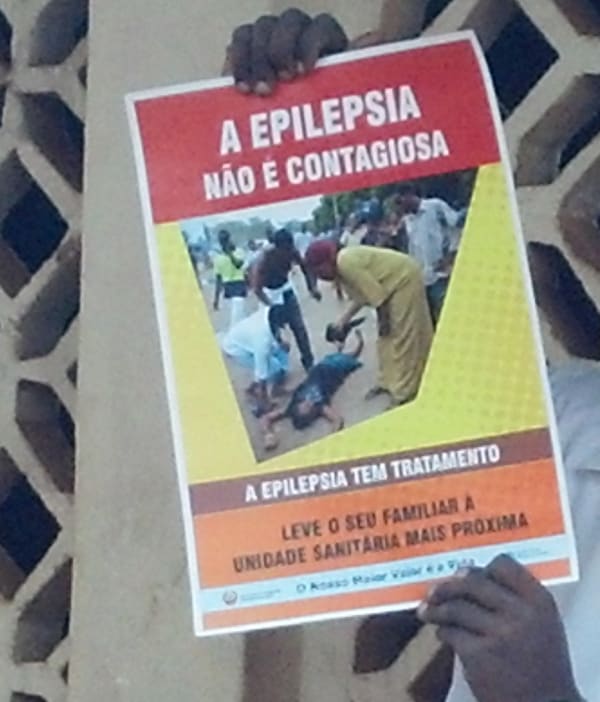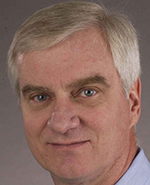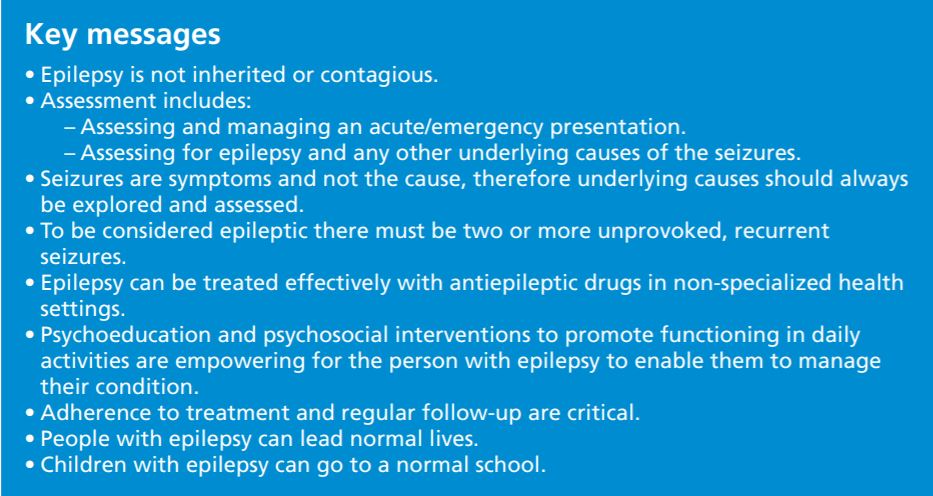ILAE spoke with Action Amos about plans and strategies for improving epilepsy care across Africa. Leveraged by the Intersectoral Global Action Plan on epilepsy and other neurological disorders (IGAP), four “trendsetter” countries are taking a variety of approaches to engage governments and ensure the participation of people with epilepsy in all of their initiatives.
